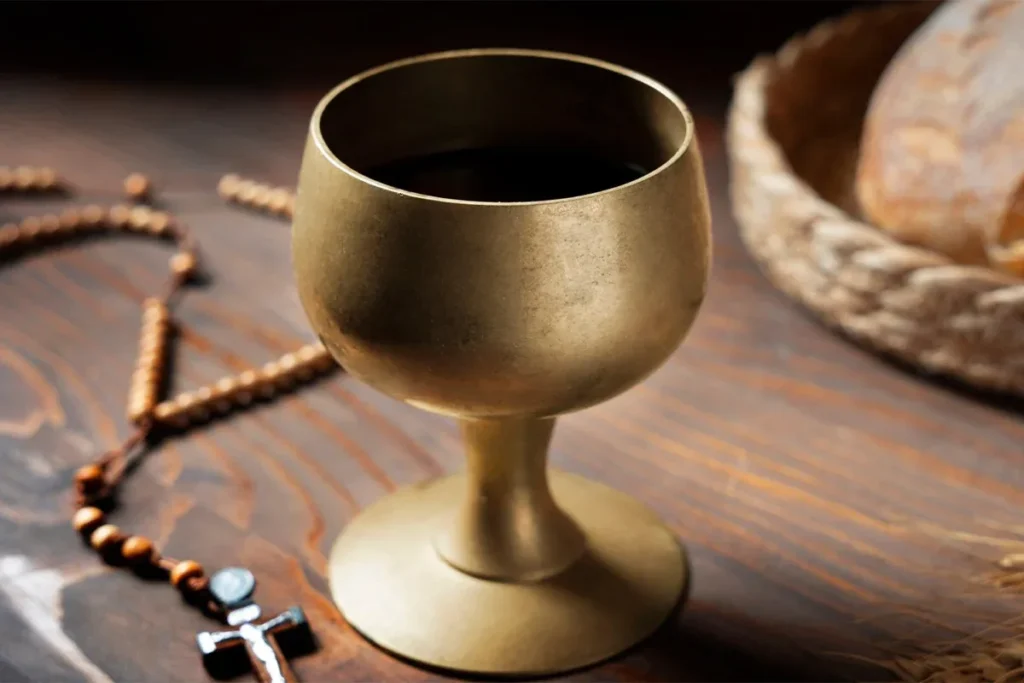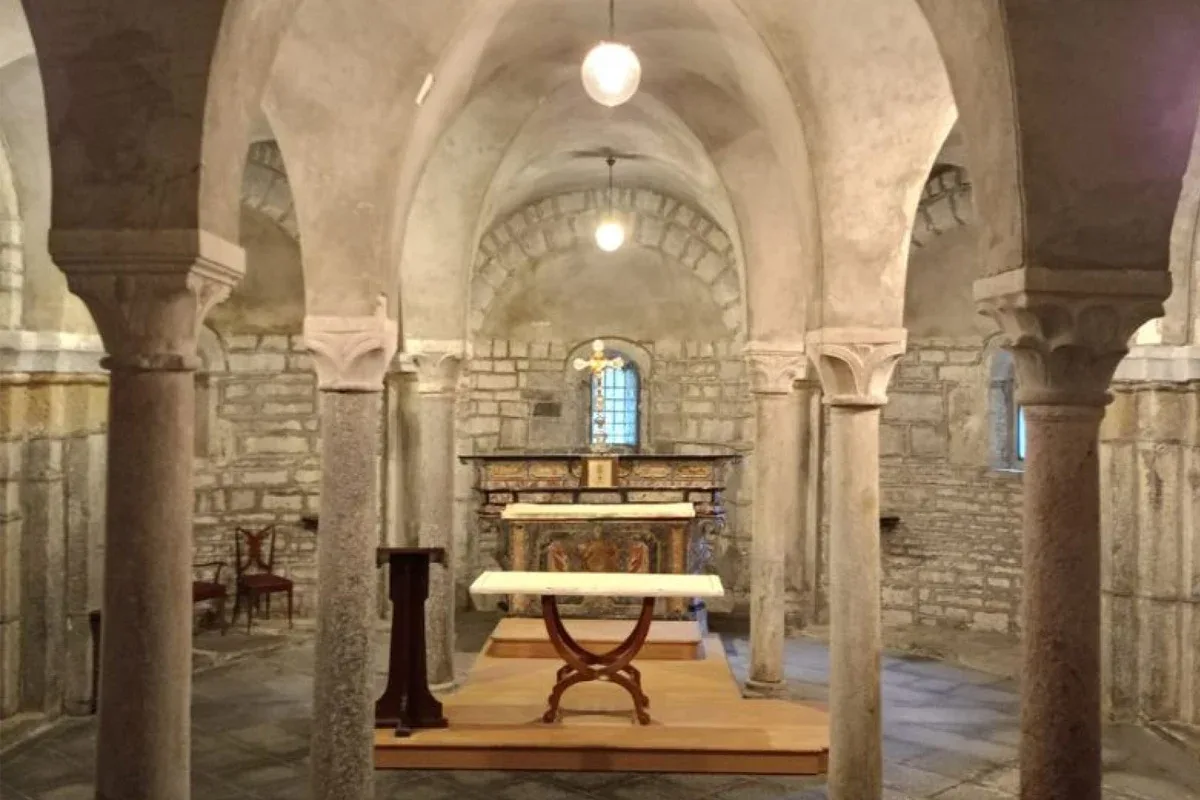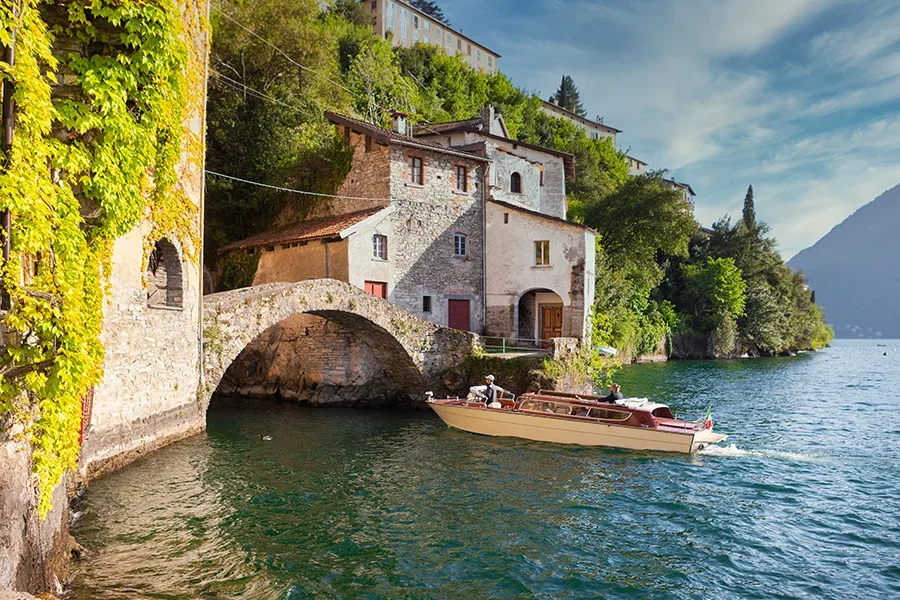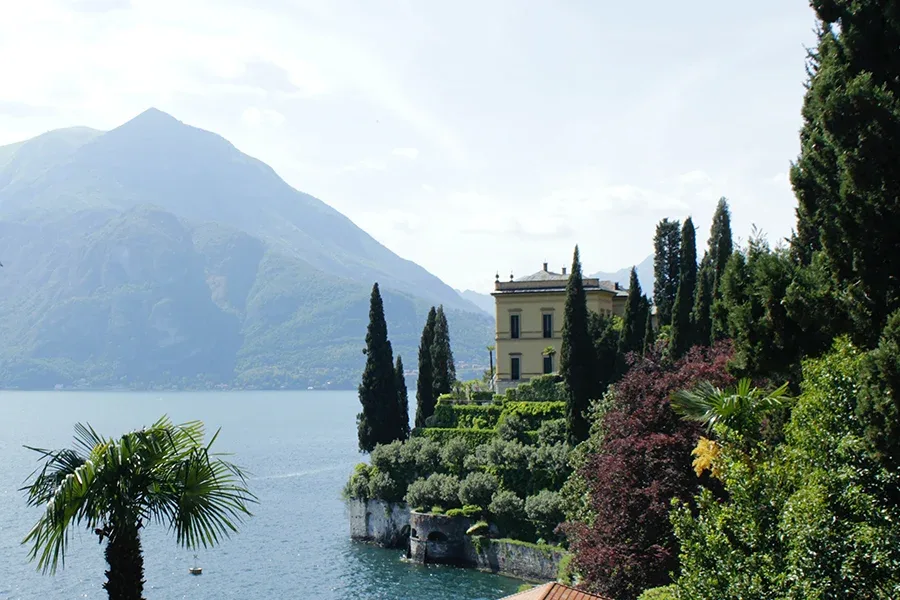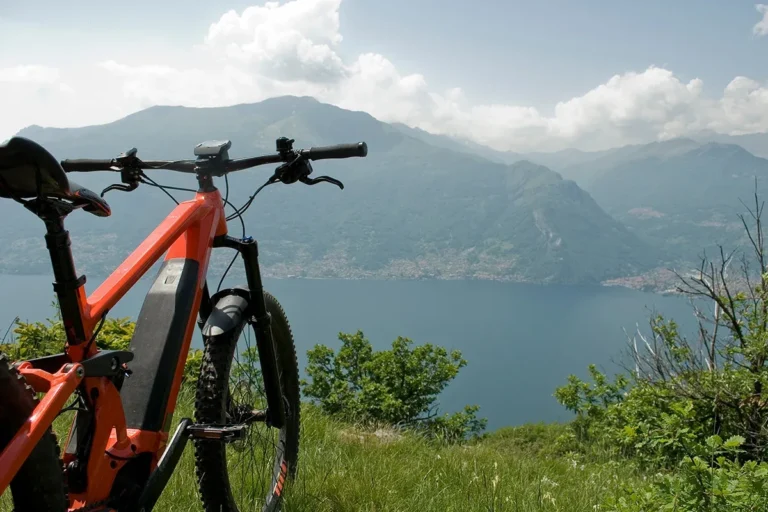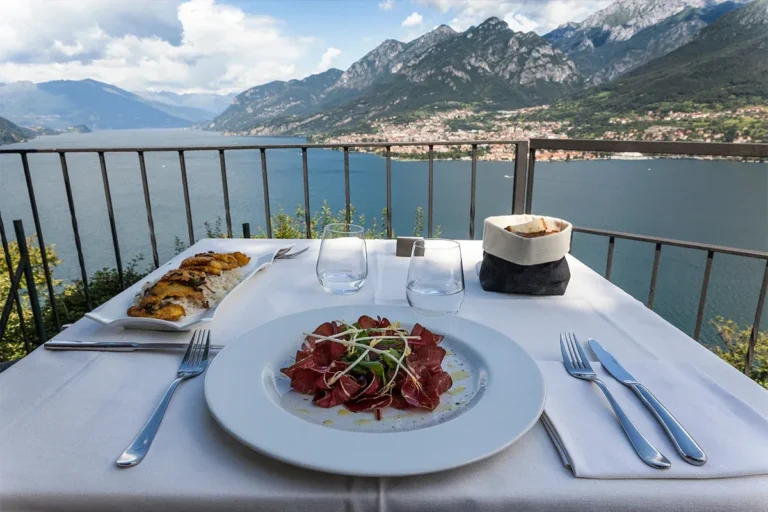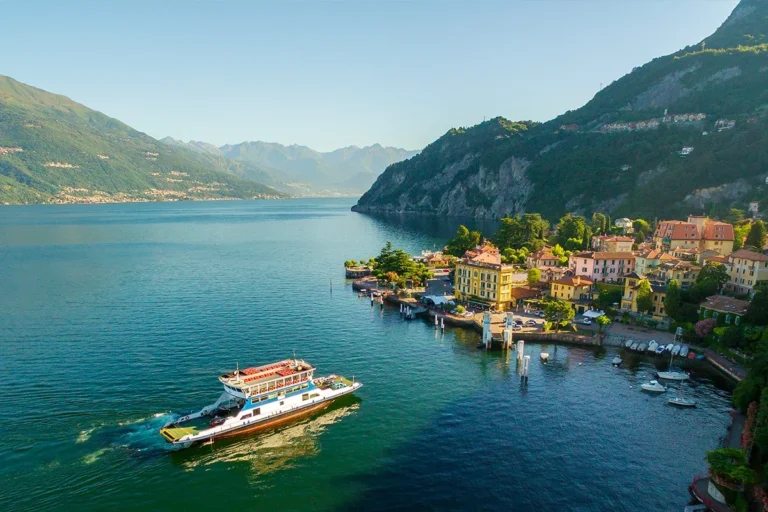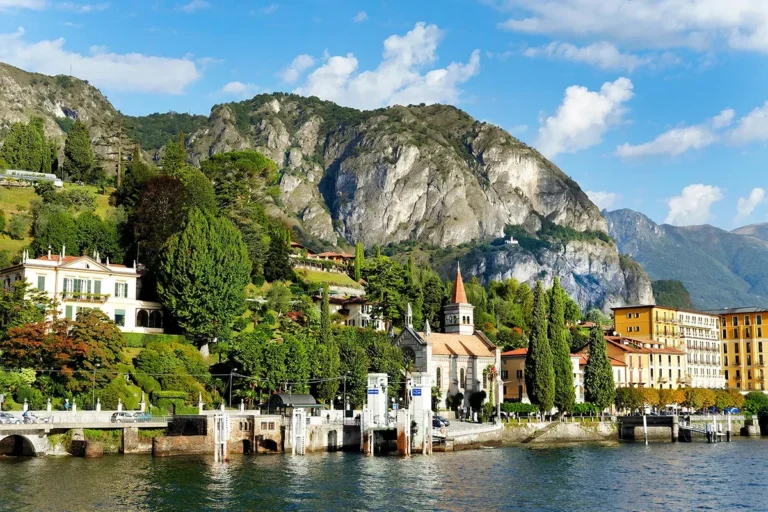What if I told you that this beautiful corner of Italy might just hold one of history’s most profound and sought-after secrets? We’re talking about nothing less than the Holy Grail itself, with a legend that pins its very last known traces right here on Lake Como.
The story unfolds with the sacred chalice of the Last Supper, carefully safeguarded by Joseph of Arimathea after it caught Christ’s blood. And after rested for centuries in Britain, it suddenly appeared to be seen on one of the most beautiful spot of Lake Como.
The Grail’s Epic Journey: From Palestine to British Shores
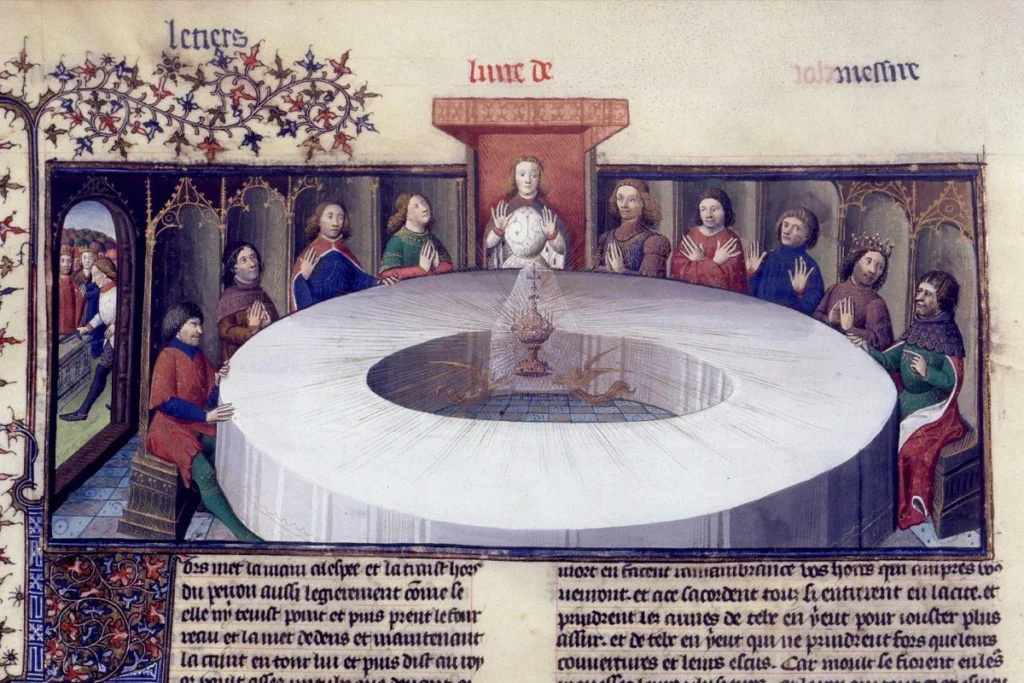
The story goes that after that momentous meal, one of Jesus’ disciples, Joseph of Arimathea, took possession of it. It then became even more profoundly significant when Joseph used it to collect the blood that flowed from Jesus’ side after the wound inflicted by the centurion.
From there, the Grail’s journey gets truly epic. Fleeing persecution or simply seeking a safe haven, Joseph of Arimathea eventually found refuge far from the Holy Land, landing all the way in Britannia. And it wasn’t just a brief stop. The legend maintains that the Holy Grail remained on British soil for a remarkable five centuries, safeguarded under the diligent care of the church of Aquae Sulis – which, for those of us not fluent in ancient Roman place names, is modern-day Bath.
A Sacred Refuge: The Grail’s Arrival on Isola Comacina
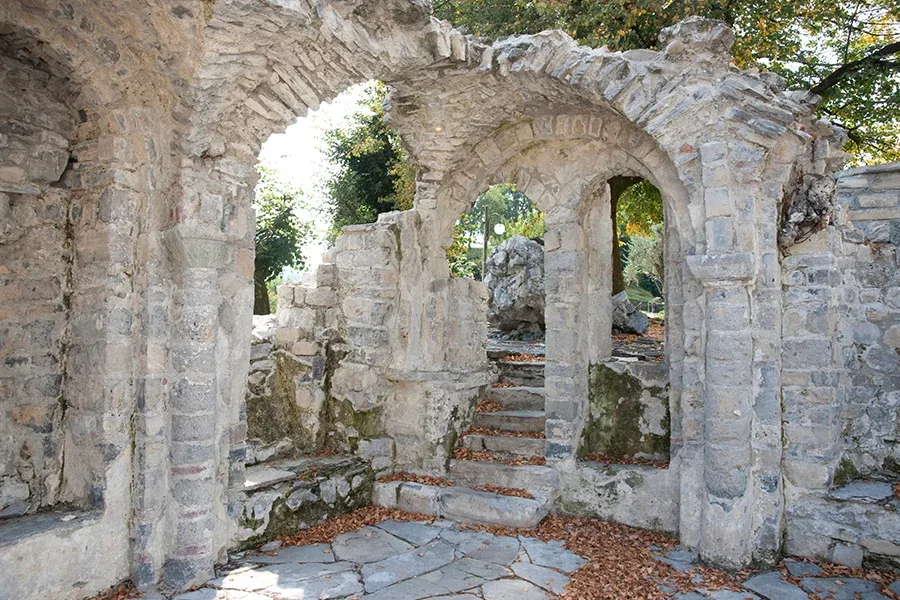
Fast forward to the 6th century, and the peaceful five-century stay of the Grail in Britain came to an abrupt end. With barbarian armies making their relentless advance across Europe, the custodians of the sacred relic decided it was high time to move it to a more secure location. The plan was solid: a priest set off, entrusted with the momentous task of delivering the Grail directly to the Pope in Rome.
However, fate, and the very real threat of the Longobard invasion, intervened in a truly dramatic way. The priest, mid-journey, found himself seeking a crucial, unexpected safe haven. That refuge? None other than Isola Comacina, that small, intriguing island right here on Lake Como. He pulled in there, hoping to escape the advancing Longobards, and that’s where the legend takes a truly astonishing turn.
The Holy Grail itself was apparently given credit for the island’s successful resistance against those barbarian forces. It was seen as a divine shield. In fact, the story goes that the church on Isola Comacina, a site of ancient reverence, was actually built in honor of that very sacred chalice.
The Final Hiding Place: From Isola to Val Codera
According to the legend, the chalice of Jesus first passed through Piona, a beautiful spot further north on the lake, renowned for its abbey. From there, it continued its secretive movement to Colico, located at the very top of Lake Como, where the mountains start to close in dramatically. And then, for what was intended to be its ultimate secure resting place, the Grail was spirited away and hidden in a truly remote spot deep within the Val Codera. This is where its traces finally vanished.
Is the Grail Still Here? The Enduring Mystery
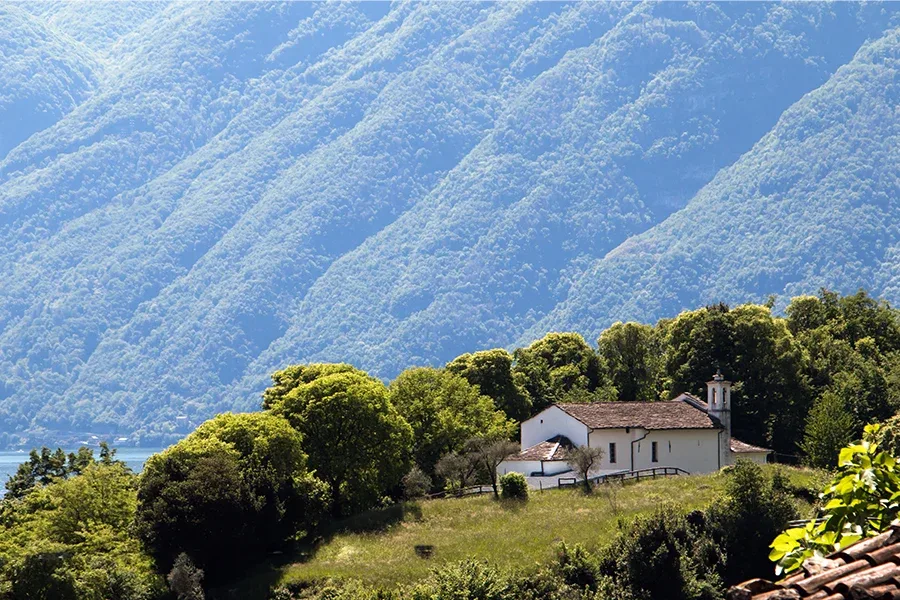
According to the legend, when the friars returned, the sheer scale of the landslide had rendered the area completely unrecognizable. It wasn’t just a few fallen stones; the entire landscape had shifted, effectively erasing any trace of the Grail’s hiding spot. So, while no one has ever claimed to have found it since, the story persists that the sacred relic remains lost within that remote valley, a treasure trove covered by nature’s indifferent hand.
It’s a mystery that feels deeply unsettling and incredibly alluring all at once. The thought that such a profoundly significant artifact could be resting, undiscovered, just a stone’s throw from Lake Como’s bustling shores, adds an extraordinary layer of mystique to the entire region.
Experiencing the Legend: Visiting Isola Comacina Today
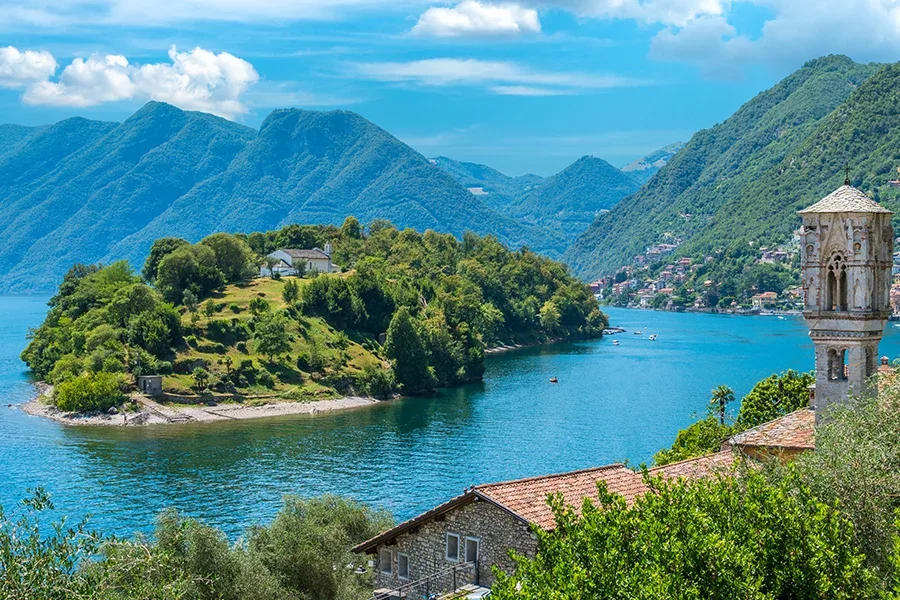
Getting there is part of the charm. You’ll typically hop on a quick ferry or a charming water taxi from lakeside towns like Lenno, Ossuccio, or even Bellagio. The short ride across the calm waters sets a tranquil tone for what awaits. Once you step ashore, you’ll find an archaeological park that gives you a tangible sense of the island’s incredible past, from Roman times through its glory days as an early Christian center.
Beyond the history, Isola Comacina is also home to a unique artists’ colony, with several small houses (Casa di Pietro Lingeri) built in a rationalist style that now serve as residences for visiting artists. And, of course, no visit is complete without a stop at the famous Locanda dell’Isola Comacina restaurant, known for its fixed-menu feast and unique traditions. If you happen to be there in June, you might even catch the spectacular Sagra di San Giovanni, an annual festival that culminates in an incredible fireworks display over the lake, bringing the island’s dramatic history vividly to life.











